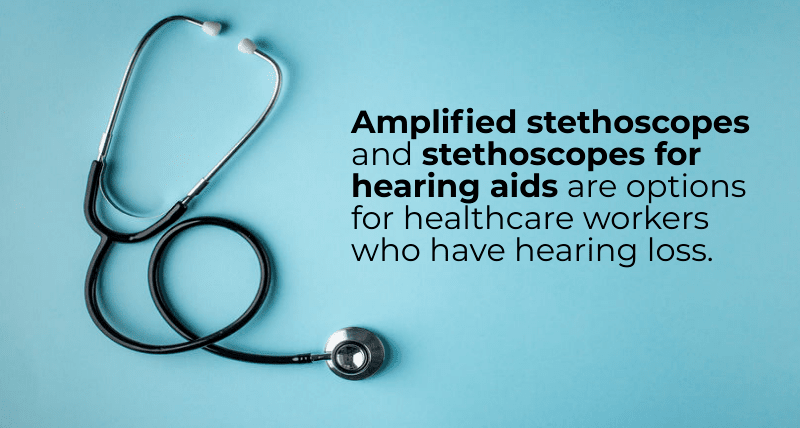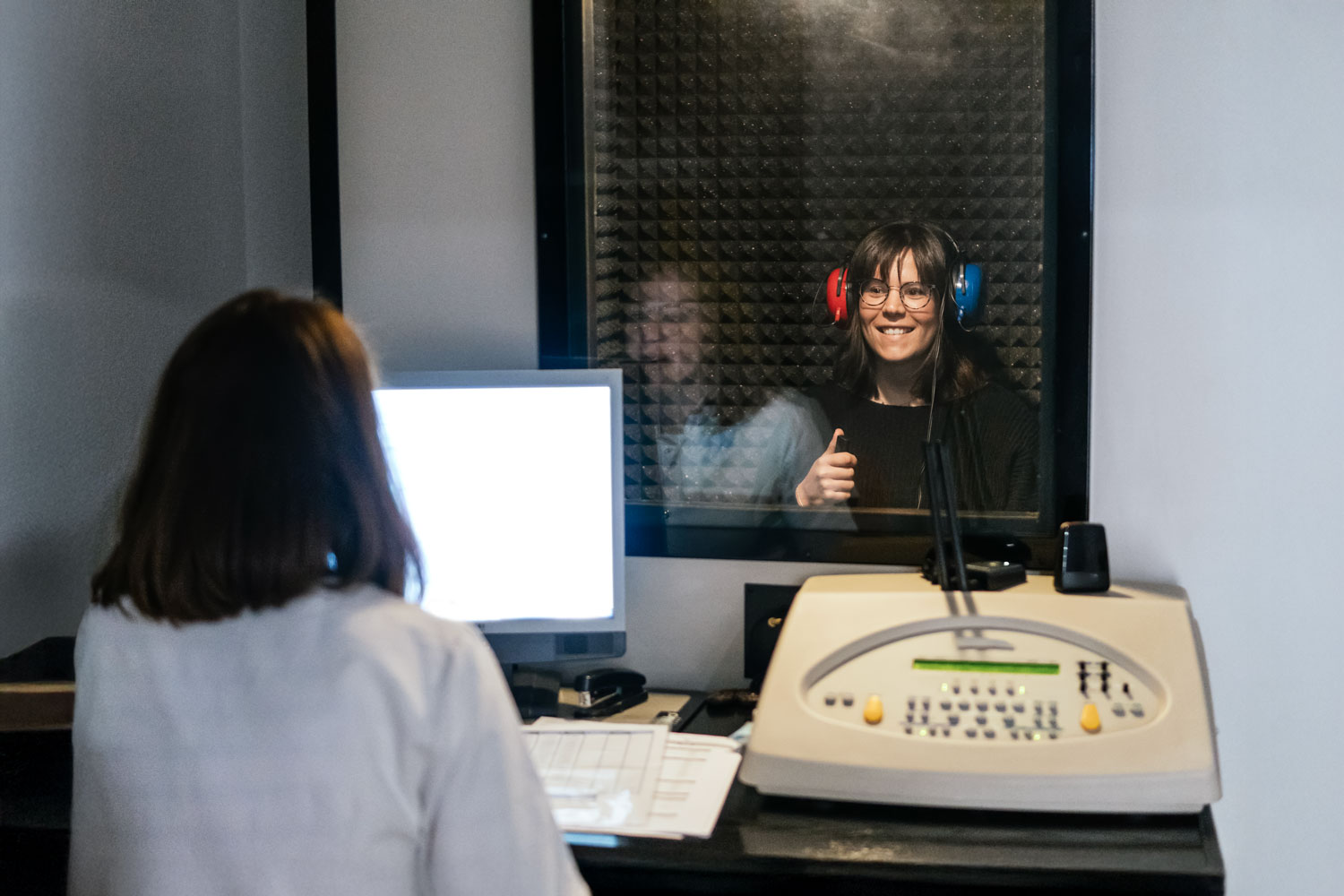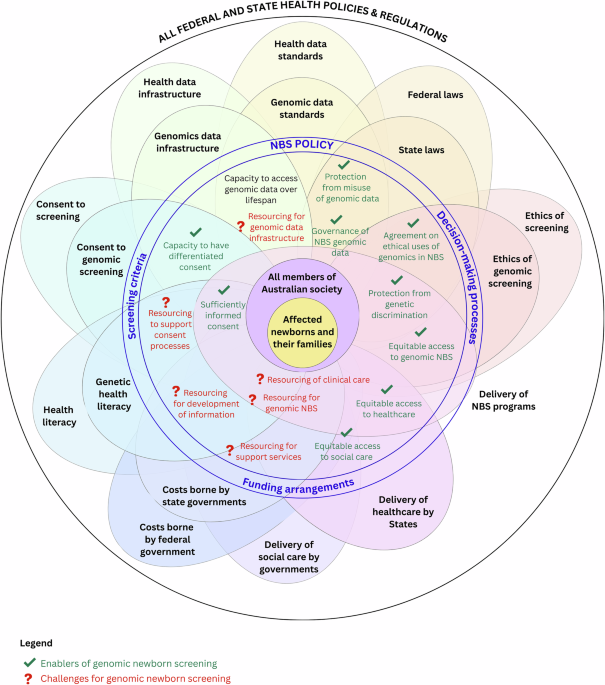
Contributed by Joy Victory, managing editor, Healthy Hearing
Last updated
Key points:
-
Medical professionals with hearing loss may struggle to use a standard stethoscope.
-
Fortunately, amplified stethoscopes and other tools provide a workaround.
-
Your hearing care provider can help you pick the best adaptive device. So can several online resources.
Like anyone else, a medical professional might have hearing loss in the higher frequencies or they may struggle to hear low frequencies, known as reverse-slope hearing loss. Their hearing loss might be mild enough that they don’t yet wear a hearing device or profound enough to warrant cochlear implants.

Today’s sophisticated digital hearing aids are programmed to address hearing loss at specific frequencies, providing varying levels of amplification based on the hearing loss. However when the use of a stethoscope enters the picture, issues can occur.
To address these challenges, medical professionals with hearing loss have several options to help them address this common problem.
Amplified stethoscopes
These specialized stethoscopes amplify sound as much as 30 times the normal sound quality and, depending on the model, can be used with or without hearing aids.
Who are they designed for?
People who have mild hearing loss and good low-frequency hearing. There are many choices available. As the Association of Medical Professionals With Hearing Loss (AMPHL) states, “many brands offer amplified stethoscopes with conventional binaural tubing for those who may wish to remove their hearing aids or who have good residual low frequency hearing.”
Stethoscopes for hearing aid wearers
Medical professionals who prefer not to remove their hearing devices can reconfigure standard and amplified stethoscopes to work with their hearing aids based on the type of hearing aid they wear.
The AMPHL has a handy comparison table of four brands, ThinkLabs ONE, EKO Core 500, 3M Littman Core, and Stemoscope Pro. All can be adapted for hearing aid users when connected to over-the-ear headphones, are Bluetooth compatible and have a maximum amplification range of 40-100x. Only the EKO Core offers an EKG function.
Other things to know
-
Behind-the-ear (BTE) hearing aids that are compatible with direct audio input (DAI) can be equipped with DAI boots that connect to certain models.
-
BTE hearing aid earmolds can be modified with an additional vent to accommodate the stethoscope’s earpiece. Known as the “Applebaum method” it is best for those who have fairly good hearing in the lower frequencies.
-
In-the-ear (ITC) and completely-in-the-ear (CIC) hearing aid users can replace the tips of their regular stethoscopes with adapters called stethomate tips. These adapters also work with some amplified stethoscopes.
An audiologist can help you find a stethoscope solution
Since sound amplification and noise reduction are the two most important aspects of hearing well with a stethoscope, it’s important for you to choose a solution based on your needs and preferences.
-
Work with your audiologist to determine which stethoscope option is the best for your hearing devices and degree of hearing loss.
-
Ask your hearing provider to program your device with a setting to better hear low-frequency sounds. Some premium hearing aid models include hearing aid apps that let you customize various hearing aid settings, such as listening via a stethoscope.
-
Become acquainted with organizations such as the AMPHL, which provide medical professionals with hearing loss with assistive tools to support their practice. They also offer a stethoscope equity program that lets you try out different stethoscopes for a small fee.
-
AU Bankaitis’s Audiology Blog also writes about amplified stethoscopes and similar topics, although it’s usually geared at audiologists working with medical professionals who have hearing loss. As she notes, it’s important to have realistic expectations about hearing aids and stethoscopes, as there are no straightforward solutions to this problem.
-
Oaktree Prodcuts sells stethoscopes, listening probes, and ear tips.
Get the help you need
Stemoscope has a handy flowchart to help you make a decision about what works best for you (scroll down the page to find it).
The best news for patients and medical professionals is that there are solutions for connecting stethoscopes to hearing devices. Thanks to today’s hearing aids, cochlear implant and stethoscope technology, it’s simply a matter of finding the best combination of tools to address both the hearing loss and amplification needs.
As a medical professional, see a hearing professional if you experience even minor hearing loss. And if you’re a patient, you can have confidence that a medical professional with hearing loss delivers the quality of service you demand.
To find a hearing care provider near you, go to our directory of consumer-reviewed hearing clinics.
link






